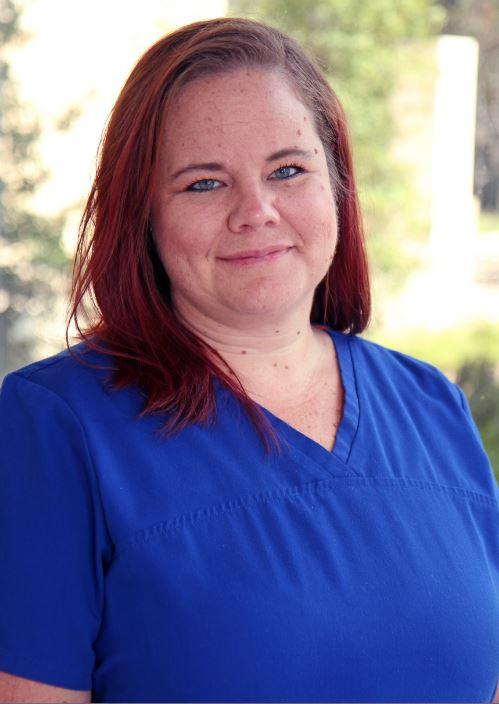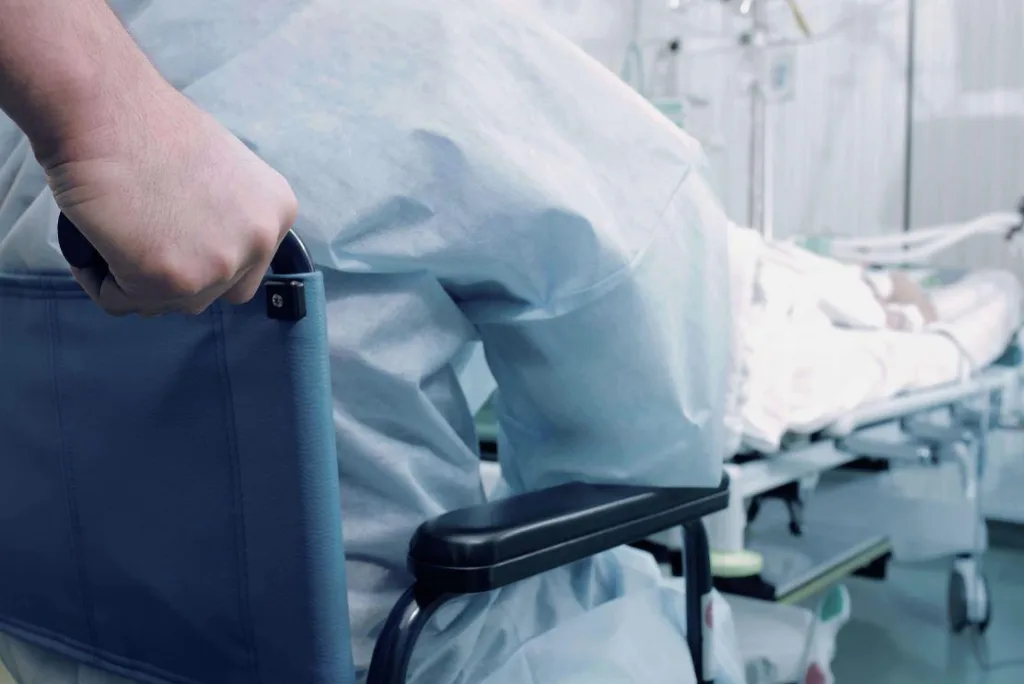[caption id="attachment_48305" align="alignleft" width="245"] Katie Mapula, RN[/caption] Process improvement measures are making a difference in ICU patient experience. In hospitals such as Parkland Health & Hospital System in Dallas, nurses are leading the way. "This has already transformed ICU care and it's becoming the standard of care," said Katie Mapula, MSN, RN, CCRN, a quality improvement manager at Parkland, where the ICU nurses are midway through an SICU process improvement project. Since the Society of Critical Care Medicine published the "Clinical Practice Guidelines for the Management of Pain, Agitation, and Delirium in Adult Patients in the Intensive Care Unit" in 2013, implementation of the concept of ICU Liberation has been improving management of patients' course of care and reducing ICU stays.
Katie Mapula, RN[/caption] Process improvement measures are making a difference in ICU patient experience. In hospitals such as Parkland Health & Hospital System in Dallas, nurses are leading the way. "This has already transformed ICU care and it's becoming the standard of care," said Katie Mapula, MSN, RN, CCRN, a quality improvement manager at Parkland, where the ICU nurses are midway through an SICU process improvement project. Since the Society of Critical Care Medicine published the "Clinical Practice Guidelines for the Management of Pain, Agitation, and Delirium in Adult Patients in the Intensive Care Unit" in 2013, implementation of the concept of ICU Liberation has been improving management of patients' course of care and reducing ICU stays.
Addressing pain, agitation, delirium
ICU Liberation addresses the three top issues experienced by ICU patients: pain, agitation and delirium, which are managed through best practice bundles. [caption id="attachment_48310" align="alignright" width="210"] Natalie Provenzale, RN[/caption] Natalie Provenzale, RN, who is a quality improvement manager at Parkland, said after establishing groups to tackle the bundles, the nurse groups each decided how to develop their part of the process improvement project. Bundles are groupings of best practice nursing assessments and treatments to reduce patients' delirium, improve pain management and reduce long-term consequences.
Natalie Provenzale, RN[/caption] Natalie Provenzale, RN, who is a quality improvement manager at Parkland, said after establishing groups to tackle the bundles, the nurse groups each decided how to develop their part of the process improvement project. Bundles are groupings of best practice nursing assessments and treatments to reduce patients' delirium, improve pain management and reduce long-term consequences.
Early mobility benefits
Mapula said early mobility is one component where nurses knew they could use the bundle to elicit change. SICU staff has benefited by using the early mobility program developed in Parkland's MICU. "It gave us great headway," Provenzale said. "That was a great early win that's helped to get everyone on board. If you know that your patient is going to have a harder time walking due to delirium and pain, let's focus on improving their ability to mobilize." While hard data is unavailable currently to prove change is occurring, the nurses have observed that as early mobilization rates rise, PAD lessens. "What we can prove is bundle adherence -- nurses following the new best practices," Mapula said. "And we can't talk about one part [of PAD change] without talking about the whole thing," she said. "The components are intertwined."
Delirium issues
In checking for bundle adherence for delirium, it became clear through chart reviews that nurses were charting improperly, according to Mapula. "We didn't understand how to do a proper confusion assessment for delirium, so we realized we needed better education," Mapula said. After instruction in the confusion assessment method -- a modification of thequick delirium assessment done regularly at the bedside -- nurses more readily identify delirium and can better manage it, she said. Management has included altering room lighting. "We know patients do better when exposed to natural sunlight and full room lights, so we have all the window blinds up at 6 a.m. and the room lights on," Provenzale said. "This setting mimics natural sleep and wake cycles, which lowers the patients' delirium."
Overcoming challenges
[caption id="attachment_48311" align="alignleft" width="213"] Stacey Barker, RN[/caption] Engaging all 104 unit RNs with the process improvement project and promoting bundle adherence was a challenge, said Stacey Barker, RN, SICU associate unit manager. Project leaders came up with bundle champions, 29 SICU nurses who are responsible for a different element of the process improvement, according to Barker. "They're the ones who are leading the project," she said. Another component of success, Provenzale noted, is more engagement of the patient and family in the care plan. As provider champion, Brian Williams, MD, helped transfer rounds inside the patient rooms where nurses could involve family members. "Family members can give nurses a lot of insight into what's happening with the patient," Mapulo said. And if the patient is coherent, he can hear us and be part of the plan of care also." The physician-nurse-family collaboration at the bedside has been a success highlight. Nurses feel they have a voice and are more comfortable expressing their thoughts on the care plan. Being nurse-driven has made Parkland SICU's process improvement successful, according to Barker. "This is the biggest takeaway: getting the staff to buy in and letting them own it," she said. "It's changing ICU culture and I believe it will change the whole hospital culture."
Stacey Barker, RN[/caption] Engaging all 104 unit RNs with the process improvement project and promoting bundle adherence was a challenge, said Stacey Barker, RN, SICU associate unit manager. Project leaders came up with bundle champions, 29 SICU nurses who are responsible for a different element of the process improvement, according to Barker. "They're the ones who are leading the project," she said. Another component of success, Provenzale noted, is more engagement of the patient and family in the care plan. As provider champion, Brian Williams, MD, helped transfer rounds inside the patient rooms where nurses could involve family members. "Family members can give nurses a lot of insight into what's happening with the patient," Mapulo said. And if the patient is coherent, he can hear us and be part of the plan of care also." The physician-nurse-family collaboration at the bedside has been a success highlight. Nurses feel they have a voice and are more comfortable expressing their thoughts on the care plan. Being nurse-driven has made Parkland SICU's process improvement successful, according to Barker. "This is the biggest takeaway: getting the staff to buy in and letting them own it," she said. "It's changing ICU culture and I believe it will change the whole hospital culture."






